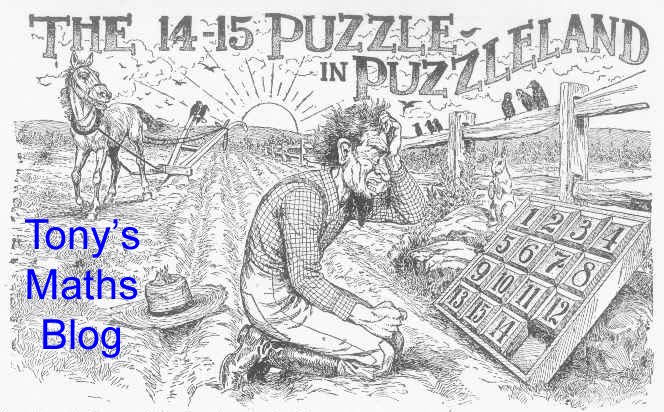I have been reading the autobiography of one of my heroes - the great popular mathematics writer, Martin Gardner, who along with my school maths teachers Jimmy Cowan and Ivan Wells, inspired me with the excitement of mathematics. I have come late to Gardner's autobiography, Undiluted Hocus-Pocus, which was published a few years ago, partly because of luke-warm reviews, and while I enjoyed many of the anecdotes, I wouldn't regard it as essential reading even for those who, like me, admire Gardner enormously. But I'm glad to have read it.
One of Gardner's stories reminded me of my own childhood. Gardner recounts his uncle telling him a riddle. "There was one duck with two ducks behind it; one duck with two ducks in front of it; and one duck between two ducks. How many ducks were there?"
SPOILER ALERT: Gardner notes that his uncle began by saying, "There were three ducks", which gave away the answer.
This reminded me of my paternal grandmother giving me two puzzles when I must have been perhaps in the upper levels of primary school. I had to make sense of the following:
First riddle:
11 was a race-horse.
22 was 12.
1111 race.
22112.
Second riddle:
If the B MT put : .
If the B . putting : .
(I have just googled the first of these, and curiously it is described on one website as a tongue-twister, which it isn't!)
SOLUTIONS
The first riddle reads as "One-one was a race-horse. Two-two was one too. One-one won one race. Two-two won one too."
The second is "If the grate be empty, put coal on. If the grate be full, stop putting coal on."
